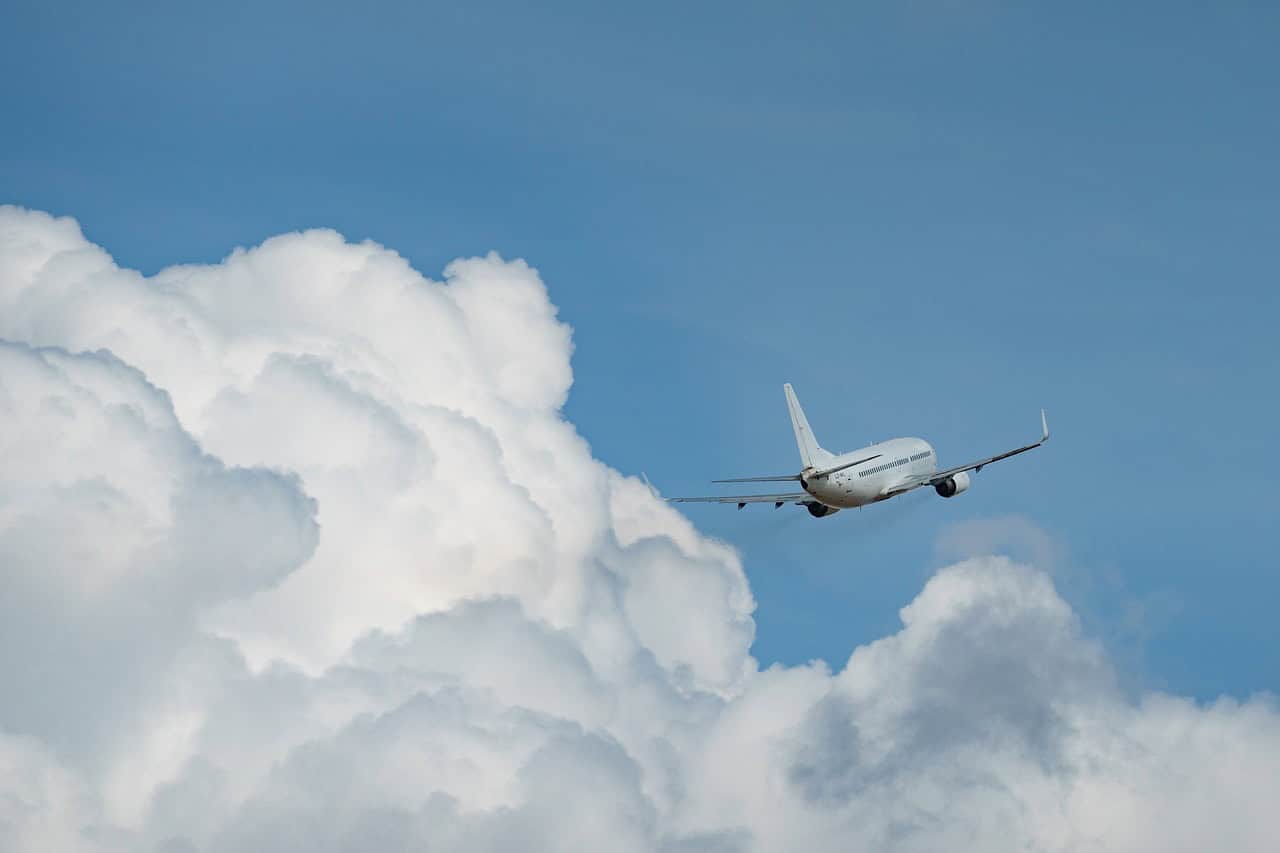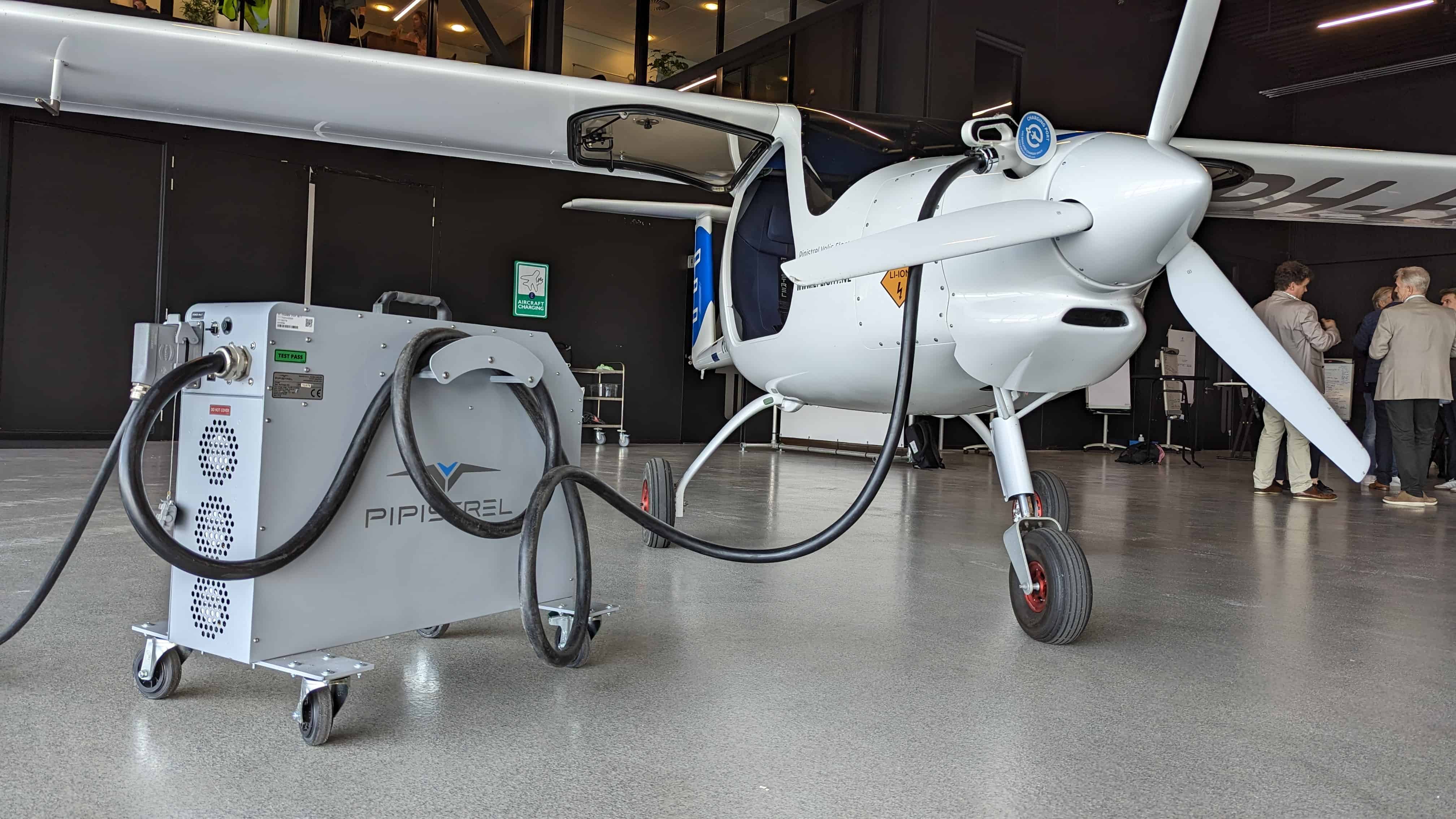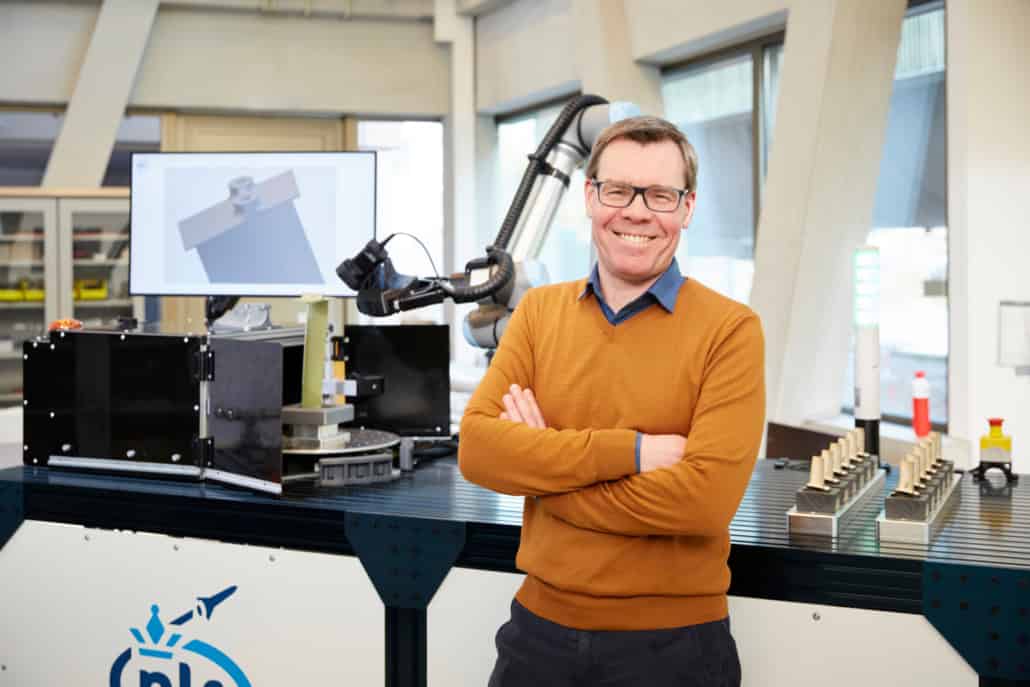
In the second quarter of 2024, 20 million passengers traveled to and from the five main Dutch airports, up nearly 6 percent from the previous year. The number of commercial flights and cargo flights also increased. This is according to new figures from CBS.
In short: flying is (still) popular. We will continue to depend on it in the coming years. But we do face major challenges. Aviation must become more efficient, cleaner, quieter, and faster if we want to achieve our climate goals. New technologies play a leading role in this.
Electrification
Electrification makes aviation more sustainable. There is plenty of research into it in the Netherlands. At Airport Teuge in Gelderland, the Netherlands, work on electric flying has been going on for more than six years. Teuge is a magnet for various players in the industry for electric flying, such as DEAC, Lucy, NRG2fly, Electron and E-Flight Academy. In 2020, Groningen Airport Eelde also reached an important milestone in Dutch aviation history with the installation of the very first electric aircraft charging facility.
Elysian, a pioneering Dutch startup, has unveiled a battery-electric aircraft with 90 seats. They claim their design can fly up to 1,000 kilometers.

Hydrogen
Whereas battery-powered electric aircraft are suitable for short distances, for example within the Netherlands, hydrogen is a better alternative for longer distances, but within continents. NLR, for example, is researching the possibilities of having their electric research vehicle Pipistrel, currently powered by batteries, flying on hydrogen by 2025. To realize this, they are first conducting small-scale experiments with various unmanned drones. This way, they can test step by step, with increasingly larger and more complex systems, how the technology works and what is needed to make a successful flight possible.
Sustainable fuels
If we are looking at flights between continents, for example between Europe and the US, renewable fuel is a suitable alternative. Sustainable cherryorin such as SAF can be made from biological waste streams or it is produced from green hydrogen and CO2 from the air. For long distances, sustainable kerosene seems to have the best papers at the moment. In addition, it is probably more readily available – even in other parts of the world – than green hydrogen.

The future
Although tests are already being done with flying on batteries or hydrogen, for example, many projects taking place in the Netherlands are still in their infancy. Exactly how the future will unfold will be discovered and shaped in the coming years.

